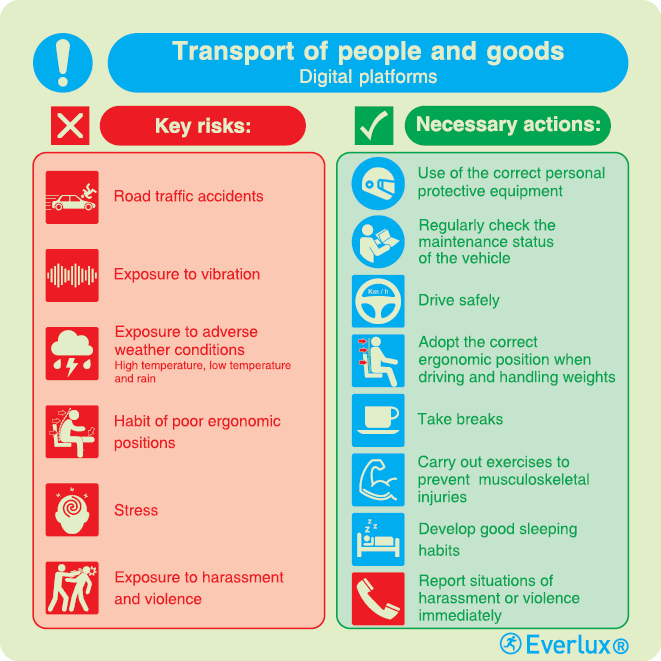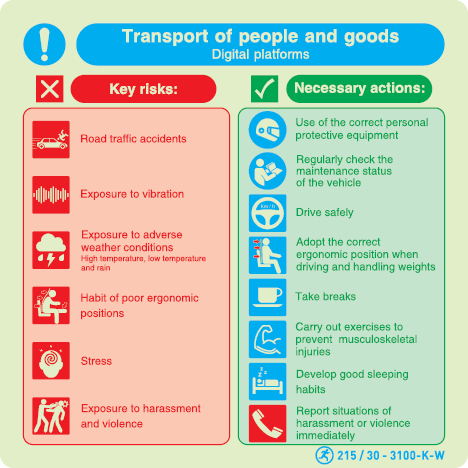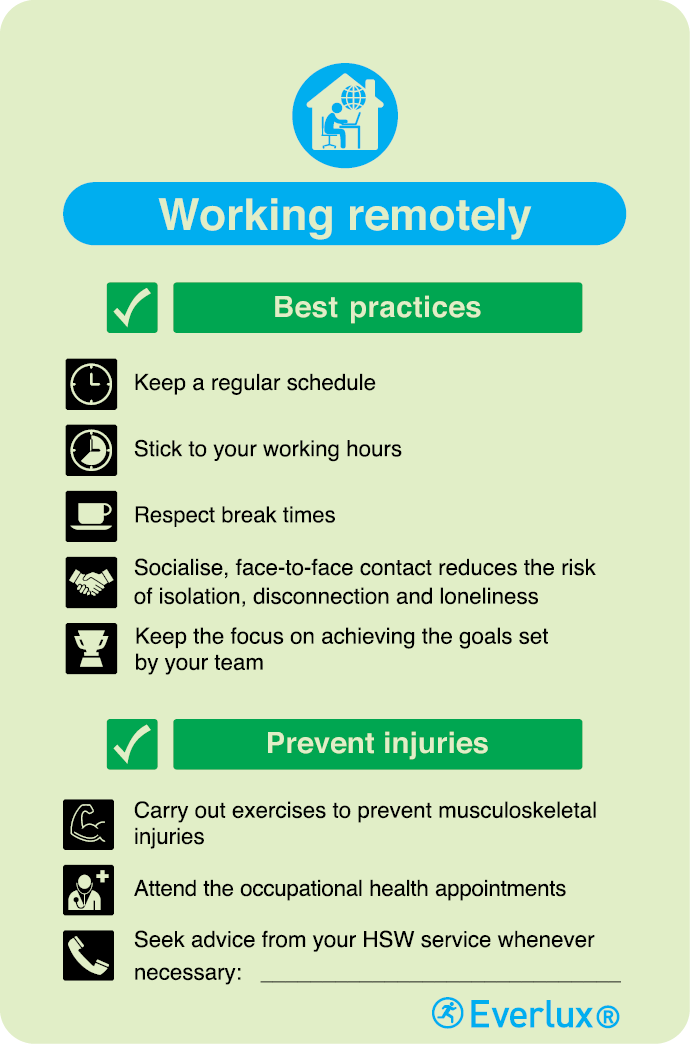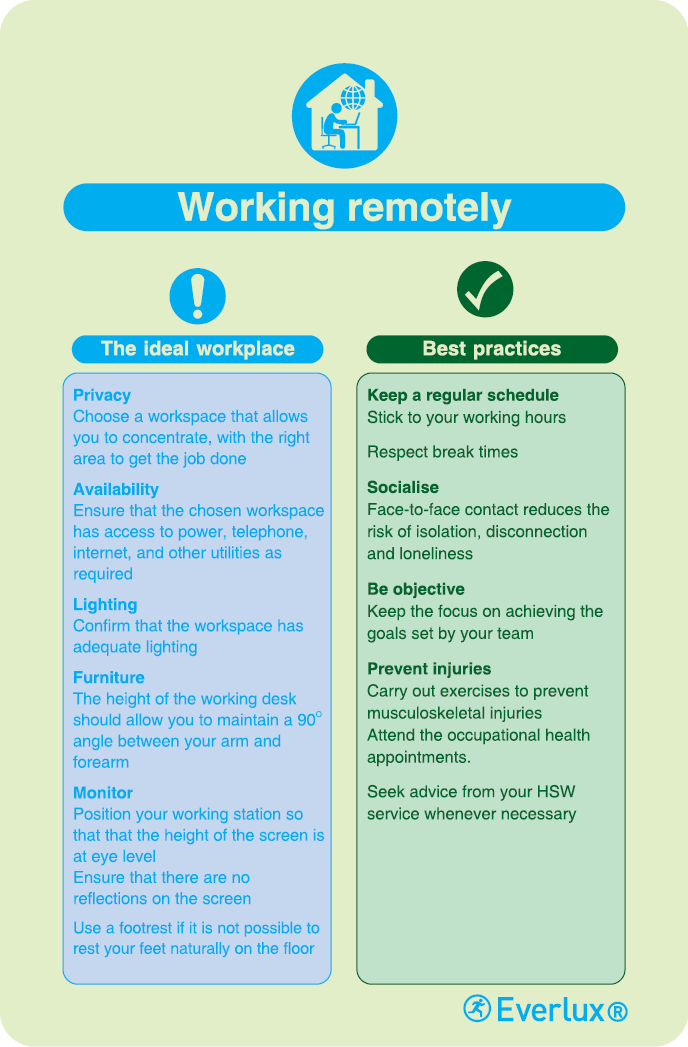


We divide safety signage for the digital age into 3 groups:
- Working with digital platforms - Many jobs based on digital platforms are currently carried out in informal and mobile workplaces, where monitoring by occupational health and safety services is difficult.
To be displayed in the social areas of the company, next to the workers, in their vehicles or in the compartments where goods are transported.
This type of signage can be used in the social areas of companies working with digital platforms, in the transportion of goods and passengers, and in the collection of goods:300x300mm
Communication of the risks and the actions required to reduce the level of risk will be more effective if it is accessible to operators as they work:
100x100mm
- Remote working - Remote working, with or without digital platforms, is also a challenge for HSW services. Having an ergonomically appropriate workstation and adopting good task management practices, often without the possibility of direct advice from HSW departments, can lead to increased risks and injuries.
Everlux signage for remote workstations, as well as communication of good practice and control measures to be adopted, reinforces the importance of maintaining contact with HSW services. Workstation signage, customisable with company logo and HSW contact details.
100x200mm
100x200m
- Working with robots and other digital tools - Businesses are becoming increasingly automated and the use of robots has been a reality in many sectors for some time. It is important that where robots are used in the workplace, the risks are identified, and the necessary control measures are put in place.
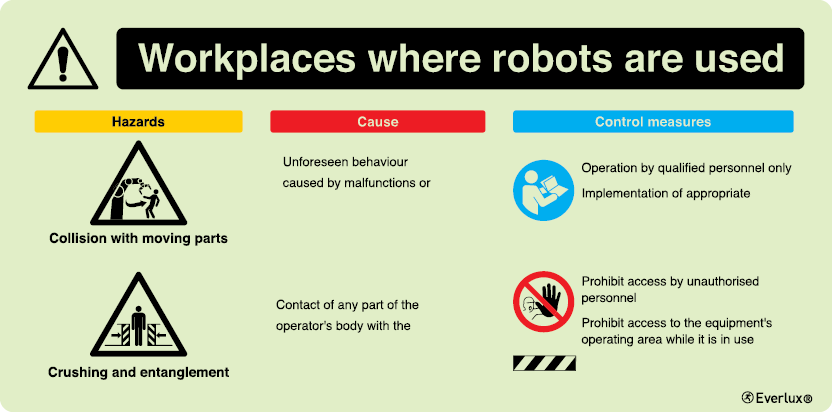
300x150mm
We believe that these products add value to companies and to their workers who are the ones who benefit from them.
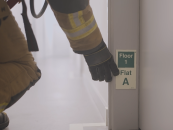


The Everlux team can quickly develop the necessary Wayfinding and Fire Safety Signage Plans required for your buildings.
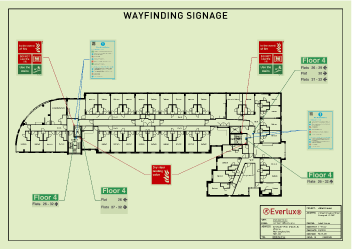
BESPOKE WAYFINDING SIGNAGE
The Everlux bespoke wayfinding signage range allows complete flexibility for the key elements of each individual sign including:
·Storey/Floor Detail
·Flat/Accommodation Detail
·Direction of Arrows
·Building Name
·Stakeholder Logo (requires file copy of logo JPG, PNG, Vector or similar)
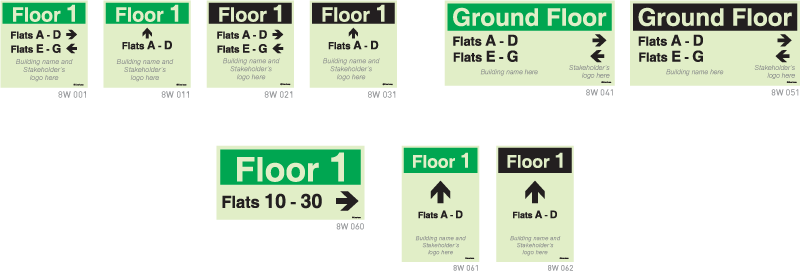
MODULAR WAYFINDING SIGNAGE
The wayfinding signage can also be installed as a modular system comprising all the prescribed elements positioned as shown in the illustration on the right.
Storey/Floor Detail
Flat/Accommodation Detail
Direction of Arrows

FLOOR/STOREY DIRECTORY SIGNAGE
Additional directory signage indicating all building Storey/Floor details can also be supplied to supplement mandatory Wayfinding signage. These signs are bespoke and can include any specified details or layout as required.
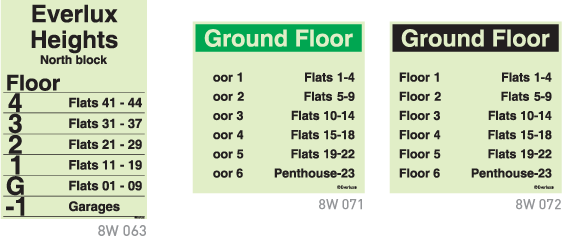
LOW LOCATION LIGHTING (LLL) FLAT/DWELLING INDICATORS
The benefits of having wayfinding indicators positioned at the Low Location Level (<300mm from floor level) are undisputed, especially in corridors and stairwells that are subject to the effects of smoke distribution and accumulation.

Signage to indicate floor levels in stairwells and lift lobbies in high rise premises, to assist the emergency services.
The flat/dwelling indicators are to be placed at low level to increase visibility in smoke conditions.
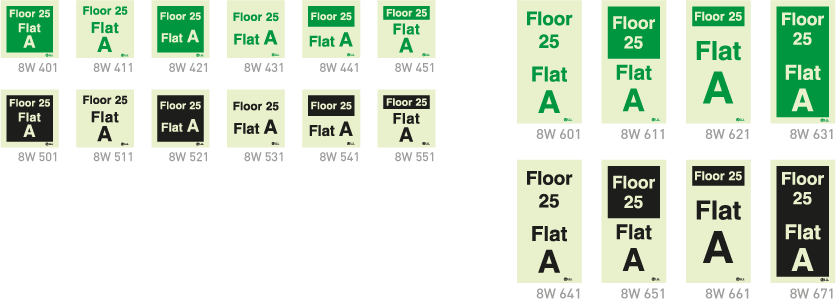
SIGNAGE FOR ESCAPE WINDOWS & LADDERS
In certain circumstances the provision of escape windows in dwellings is a mandatory requirement as prescribed by the Building Regulations 2024: Approved Document B - Volume 1: Dwellings.
 | 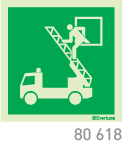 | 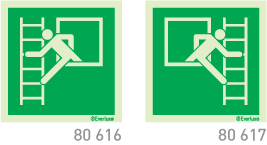 |
|
|
|
(Colocar esta tabela como está no vídeo)
If you would like to know which buildings in the UK already have Everlux Wayfinding Signage across the UK or more specific information about this range of signage, please contact us.
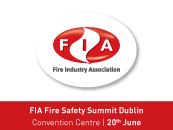

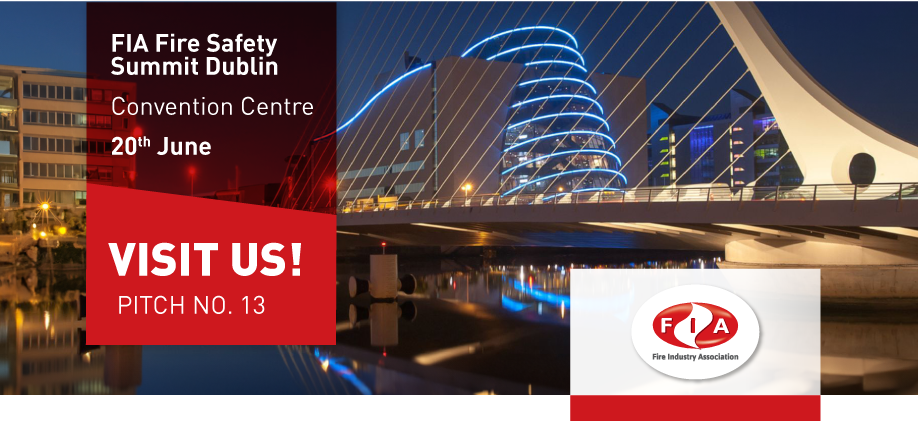
This is FIA first event in the Republic of Ireland and we couldn’t be more excited to be a part of it and to have the chance to showcase our extensive range of photoluminescent safety signage.
Once there, you will have the opportunity to network with fire industry professionals, from both the Republic of Ireland and from Northern Ireland and our team will be looking forward to meeting you – pitch number 13!
We hope to meet some new potential partners, as well as strengthen the relationships with others who are already familiar with Everlux products and services.
If you are curious about Everlux high-quality photoluminescent safety signage, we offer:
• Evacuation Plans in Accordance with S.I. NO. 137/2019 – Housing (Standards for Rented Houses) regulations 2019;
• Excellence by Everlux – our signage for luxurious and prestigious environments;
• LLL – Low Location Level signage.
The FIA Fire Safety Summit Dublin includes the exhibition (which takes place in the Liffey B Hall) with top key suppliers, but also a full day of CPD accredited conference with very well-known specialists from the fire industry!
Don’t miss this opportunity to know more about the Everlux world and how we can help with your next project!
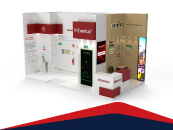

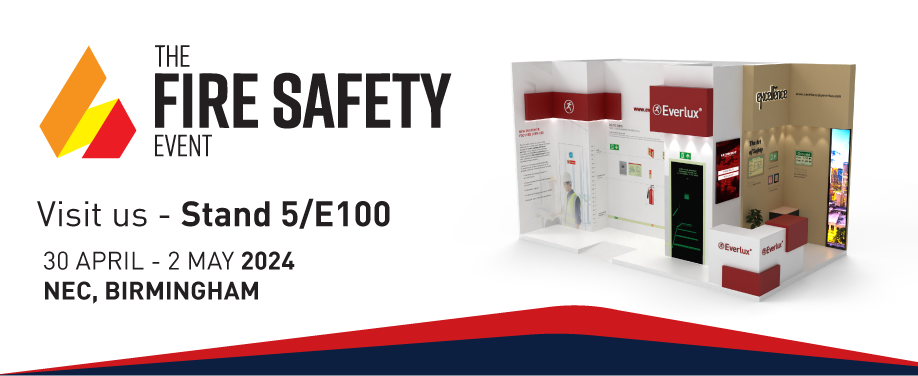
The first major event for Everlux in the United Kingdom will be The Fire Safety Event which is taking place next week, April 30th - May 2nd, at the NEC in Birmingham!
Everlux will be a key exhibitor at the event and we are excited to showcase our extensive range of high-quality photoluminescent safety signage & systems with our new and interactive stand (5/E100).
Especially exciting is the fact that we will also be introducing our new colleague to the UK market who will be responsible for providing site-based services such as full and comprehensive safety signage site surveys, installation projects and project drawings,
We are sure you will be impressed with our attractive new stand, especially our interactive "tunnel” which we believe is the most effective and memorable way to showcase and demonstrate our photoluminescent safety signage products and solutions, particularly Wayfinding signage and Low Location Lighting (LLL) systems – it is definitely a "WOW” factor experience you do not want to miss!
Once at our stand, our team will be delighted to guide you through the undeniable benefits of photoluminescent safety products and answer any questions or queries you may have.
We sincerely hope to meet you at our Stand – 5/E100!



We are thrilled to announce that Everlux will be participating and exhibiting at the National Construction Summit 2024, held at the Sport Ireland Campus in Blanchardstown, next week on April 18th.
Two years after the first participation, Everlux is returning to Ireland and this time we are thrilled to showcase our products and solutions, namely:
- Safety Way Guidance System (SWGS) signage;
- Everlux Evacuation Plans in accordance with S.I. No. 137/2019 - Housing (Standards For Rented Houses) Regulations 2019;
- Excellence by Everlux – safety signage for luxurious environment.
We invite you to visit our stand – number B18C, where you can experience firsthand how our Everlux signage effectively works in an emergency, through experiencing our mini-dark room!
Our dedicated Everlux team will be delighted to welcome you and provide insights into our comprehensive catalogue, software, and solutions tailored to fit any project requirements.
We look forward to seeing you on April 18th– stand B18C!
